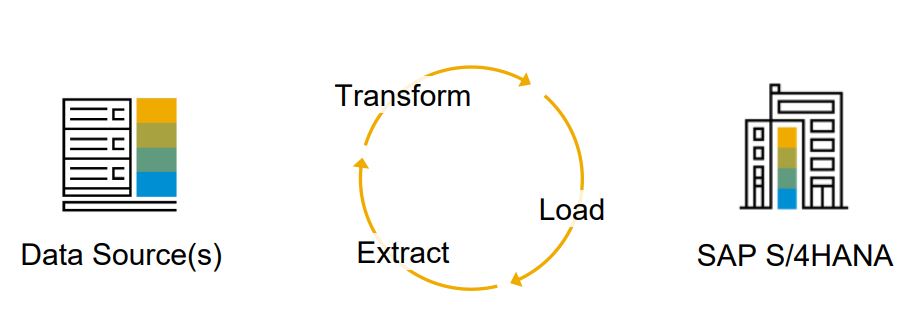![]()
During the Inspection lot generation especially the 03 lots are not getting generated and below message are noticed:
- Inspection lot not created automatically via transaction CO01/CO02
- Warning message CO548 raised in production order release
- Production order has status ILNC – Inspection lot not created
- Warning raised in production order release – ‘Material &1: automatic generation of inspection lot failed’
The below message is displayed:
Material XXXXXXXXX: automatic generation of inspection lot failed
Message no. CO548
Diagnosis
The system tried to create an inspection lot, but failed.
System Response
Processing is continued without creating an inspection lot.
Procedure
Check, whether the quality inspection data is maintained in the material master.
When you have maintained all the necessary data, you can also create the inspection lot in a production order / process order at a later date by calling up the screen ‘main header’ again.
Solution:
- Refer the Note https://me.sap.com/notes/1798998
- as per the note kindly activate the user exit EXIT_SAPLQPL1_005 in enhancement QAAT0001 and manage the code E_TQ32 = I_TQ32
- This will resolve the Problem





